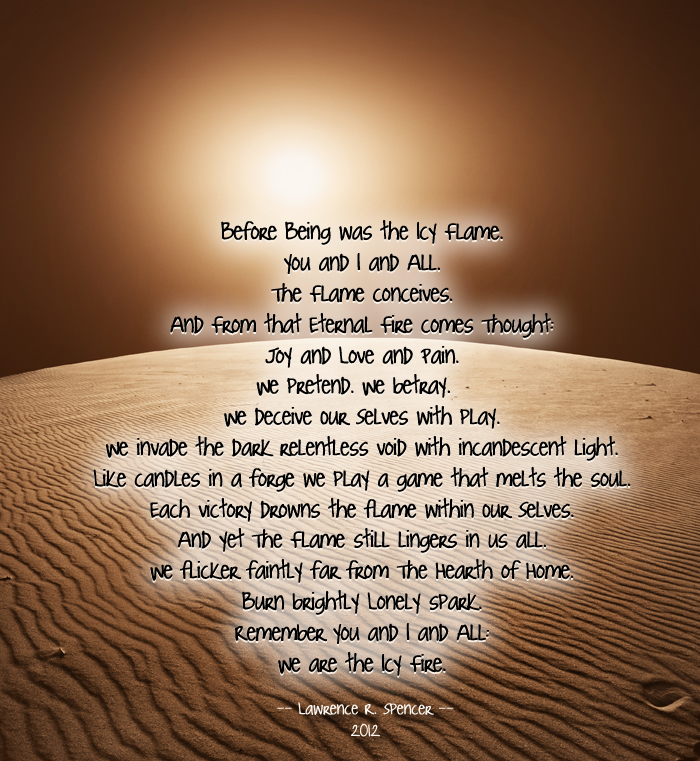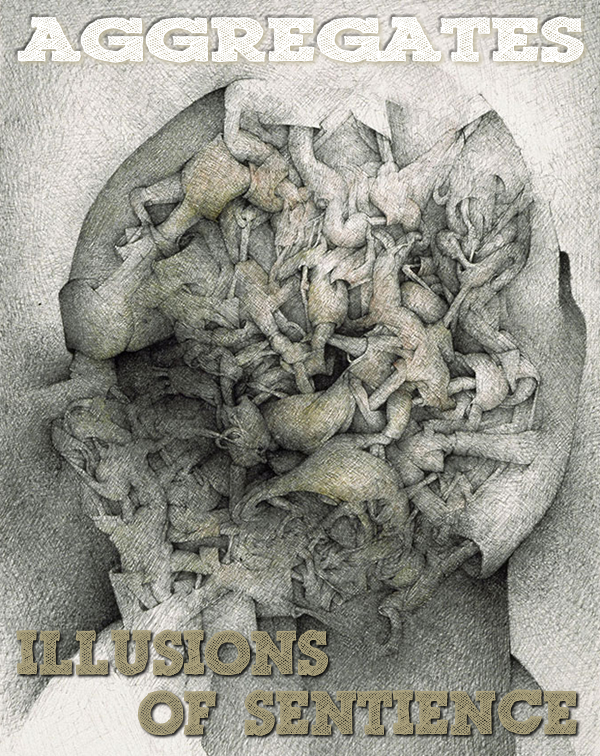Republished by Blog Post Promoter
 When I read this book my point of view about “America”, and my European heritage were changes utterly, completely and forever. In fact, my opinion of all human beings was permanently altered. My 5 times Great Grandmother was the sister of the Chief of the Mohawk Indians in New York. So, I can at least claim Native American blood in my veins, for which I am proud and grateful.
When I read this book my point of view about “America”, and my European heritage were changes utterly, completely and forever. In fact, my opinion of all human beings was permanently altered. My 5 times Great Grandmother was the sister of the Chief of the Mohawk Indians in New York. So, I can at least claim Native American blood in my veins, for which I am proud and grateful.
Everything you ever read in U.S. “history books” is a lie. All of the “Cowboy and Indian movies” you ever saw were nothing more than slick, Hollywood propaganda aimed and covering up and justifying the greatest human holocaust in history — the slaughter of more than 100 million Indigenous Natives in the North, Central and South America by European “explorers”, soldiers and priests…. The so-called explorers and colonists or conquistadors who floated over the Atlantic in small wooden boats in search of gold and slaves were literally the scum of the Earth. Unwashed, uneducated, disease ridden soldiers, thieves and priests.
The “discovery” and “settlement” of the American continents was done over the dead bodies of more than 100 million people, who were, for the most part, peaceful, spiritual, cultivated, civilized beings who lived in harmony with nature and the Earth. These people were murdered by European diseases. They were hunted down like buffalo and slaughtered intentionally by the U.S. government as a planned strategy of intentional extinction. The carnage wrought upon the Native Americans by the European Invasion makes the holocaust of World War II seem like a picnic in Fantasy Land, by comparison.
I urge you to read this book: STOLEN CONTINENTS by Ronald Wright. Learn the truth about your own history, and the “karma” we “Americans” have inherited from your European ancestors. And, fear for our own future. What went around, comes back around.
The following short videos reveal more about the history and current treatment of Native Americans.


